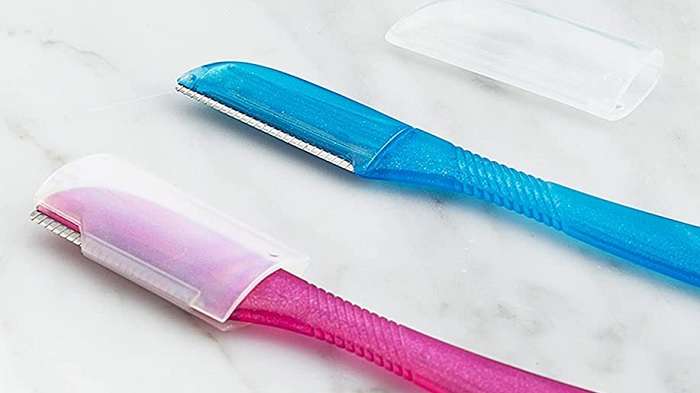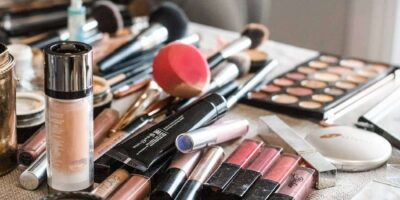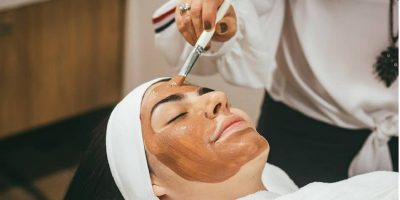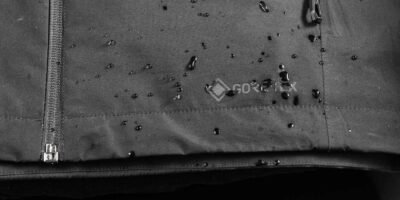
Dermaplaning at home has become a huge trend. It’s convenient, cheaper than going to a dermatologist or spa, and you still get glowing skin. But, it doesn’t always go as planned. You can still get smooth, exfoliated skin while removing peach fuzz, but be careful and avoid these common mistakes that could leave your skin looking worse.
Doing It Too Often
One of the most common dermaplaning mistakes is doing it way too often. Many people see this as a hair removal technique. However, while the blade does remove peach fuzz, this isn’t the main purpose.
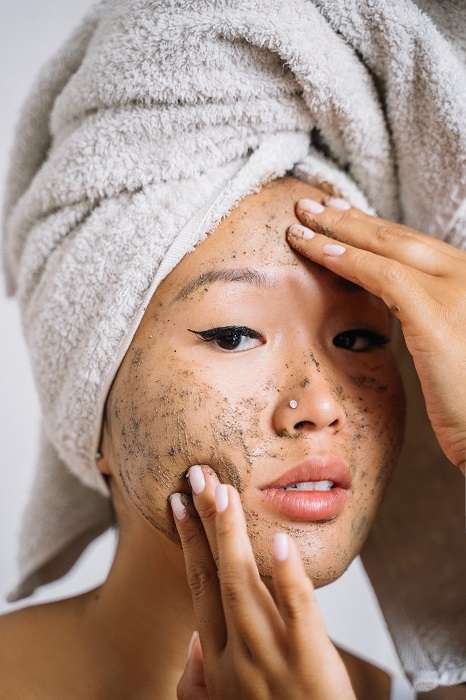
Dermaplaning is more of an exfoliating treatment. It removes dead skin cells on the surface layer of the skin. Once those are gone, you see a fresh new layer of skin. Obviously, you don’t want to remove this layer too.
It takes time for dead skin cells to start building back up again. In fact, the skin goes through a resurfacing process about every 30 days. So, you only need to do the procedure once per month. Otherwise, your skin becomes highly sensitive, stays red, and may even break out.
Pressing Too Hard
Essentially, you’re shaving your face. Think about shaving your legs or underarms. You only have to press the razor lightly against your skin to remove the hair. Press too hard and you cut yourself.
The same is true with dermaplaning at home. Move your dermaplaning tool, aka dermatome, gently down your face using short strokes. Don’t press it into the skin. You should pull your skin taut during the process to help the blade glide smoothly.
Dermaplaning Before Washing

Since dermaplaning removes dead skin cells, it might seem pointless to wash your face first. However, as you move the blade across your skin, you’re pushing dirt, oil, and bacteria into the newly exfoliated areas of your face. This means you’re filling your pores with more gunk.
Always wash with a gentle cleanser and pat your face dry before dermaplaning at home. Also, make sure your skin is dry before proceeding.
Using the Wrong Angle
At first, it’d seem that the best way to hold your dermatome is at a 90-degree angle against your skin. However, dermatologists perform the procedure in their offices and at spas at a 45-degree angle. This drastically reduces the chances of getting a cut. It also removes more dead skin cells and helps the blade move more smoothly over the skin.
Exfoliating Before Dermaplaning
Dermaplaning is a type of exfoliating procedure. Too much of a good thing leads to angry skin. Experts recommend avoiding any type of exfoliating treatments, including facial scrubs, for 4-7 days before dermaplaning. You should also avoid exfoliating for several days after your session.
Dermaplaning Damaged Skin
While dermaplaning at home may actually help reduce breakouts and acne scars, it may have the opposite effect if done incorrectly. One of the most common dermaplaning mistakes is scraping the blade over acne lesions and/or cracks and cuts. All this does is cause further damage to your skin. Always avoid dermaplaning during an active breakout.
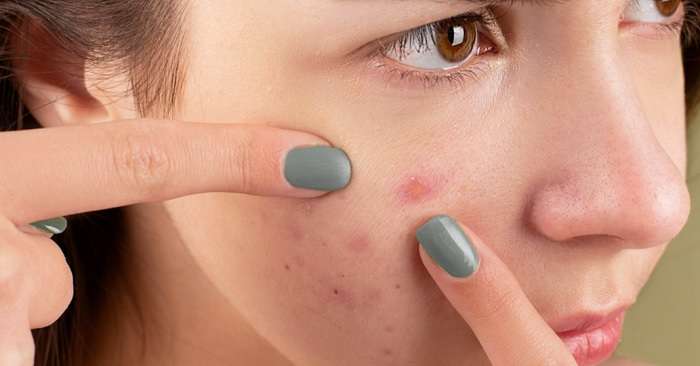
If you only have a minor breakout, you can still do the procedure at home. But, avoid your zits at all costs.
Using the Wrong Tools
It’s always best to use a tool that’s labeled specifically for dermaplaning. Some people have tried straight razors, which while great for shaving aren’t ideal for dermaplaning. Specially made dermaplaning tools have small blades that aren’t overly sharp. In fact, at-home tools are less sharp overall to avoid the chance of any serious cuts or knicks.
The Schick Hydro Silk Touch-Up Exfoliating Dermaplaning Tool is a great example. They can be used for both dermaplaning and quick hair removal around your eyebrows and other areas your face.
Using a Dull or Dirty Tool
Just like any razor, dermaplaning blades get dull over time. Read the instructions on the packaging carefully to see how long they should last. Some are meant to last for months, while others are single use tools only.
Also, always clean your tool after each use if it’s a reusable tool. Some tools recommend just washing them off with water. Others suggest sanitizing them using rubbing alcohol to prevent any chance of infection.
Frequently Asked Questions
Why is my face so red afterward? Am I doing something wrong?
Redness is completely normal after a dermaplaning session. Even if you have it done by a professional, your skin may be red for up to 24 hours after the procedure. This is especially true with more sensitive skin types. If the redness doesn’t go away, you may have pressed too hard or your skin is too sensitive for dermaplaning. Contact a dermatologist if the redness persists.
Why doesn't my skin look as good at home?
If you’ve ever had dermaplaning done by a professional, you may notice your skin looks a little better than when you DIY it at home. This is because professional often follow up with a hydrating treatment or other treatment to target other problem areas. The combination leaves your skin looking even better and helps relieve some of the redness left behind too.
If you want that just left the spa look, try some of these common spa treatments.
Why do I have so many cuts and breakouts afterward?
Occasionally, a professional may cut your skin, but it’s rare. If you’re doing it at home and have a lot of a cuts, you’re pressing too hard and using the wrong angle. If you’re breaking out within a day or two, you may be sensitive to the procedure or you’ve aggravated an existing breakout. Another issue may be that your tool is dirty or you didn’t wash your face before dermaplaning.
Image credit: Ilya Shishikhin via Unsplash
